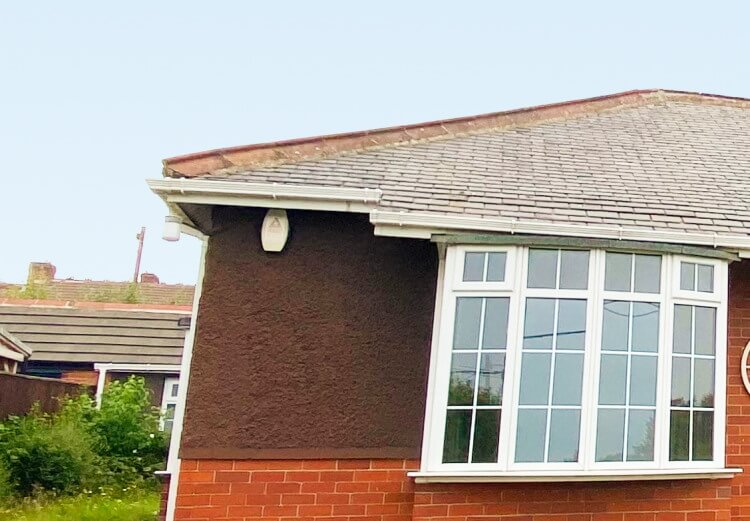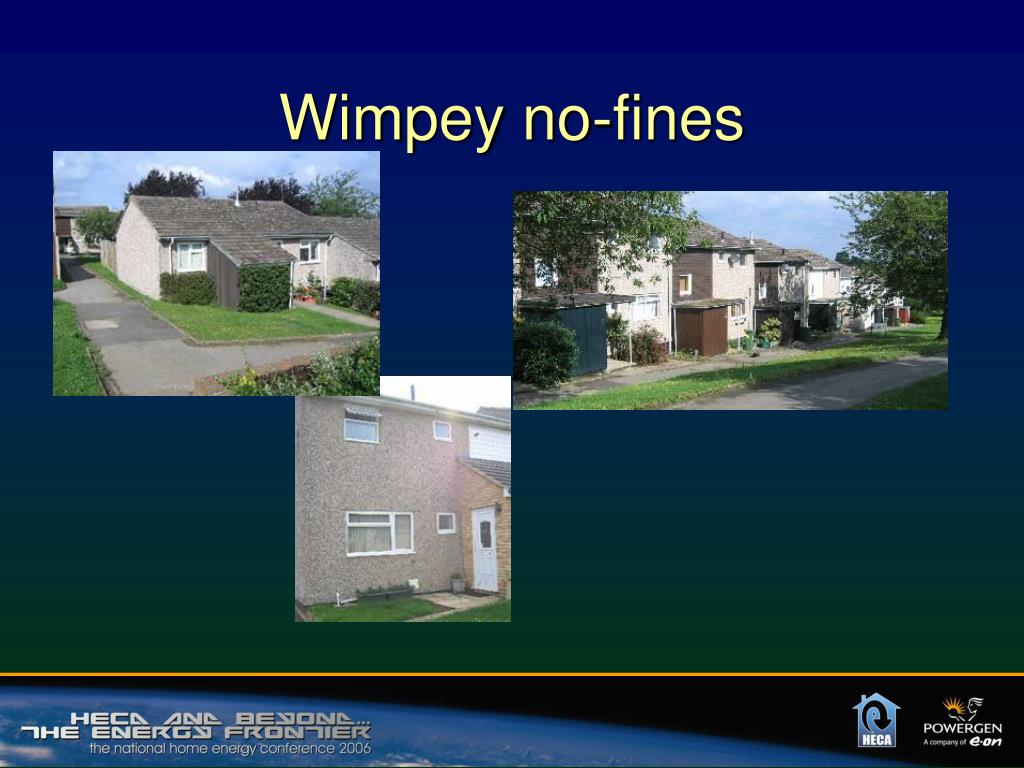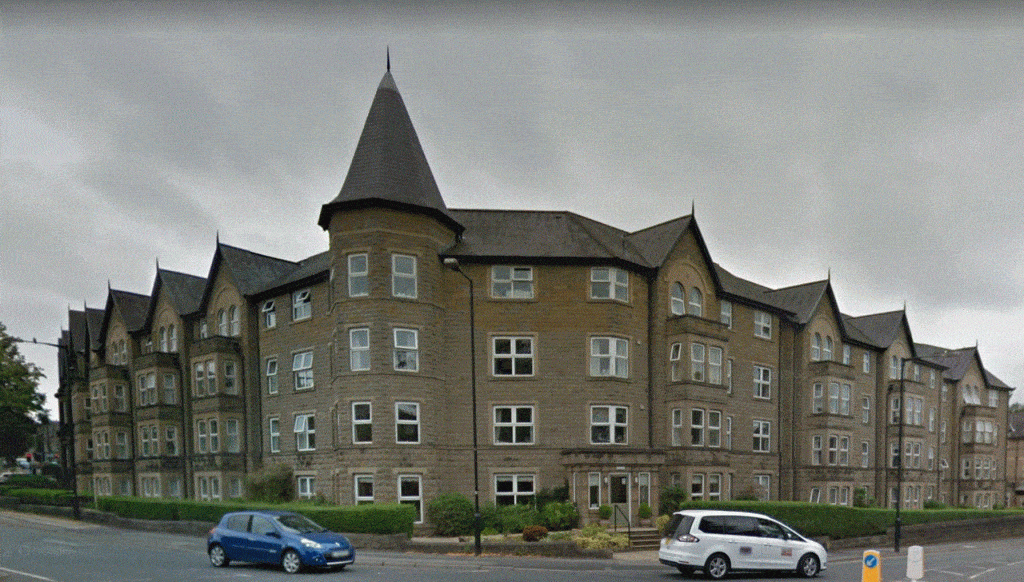
Wimpey No Fines In Situ Concrete House Precast Reinforced Concrete (PRC) & In Situ Poured
The most prolific non-traditional builder George Wimpey, of the pre-cast concrete Wimpey No Fines house fame, produced a reputed 300 000 non-traditionally built units over a 30-year period (Harrison et al, 2004). There are, however, a few general construction types which despite differing fixing methods and component designs dominate the non-traditional construction sector.

Selling a Wimpey NoFines Property LDN Properties
The Wimpey No Fines In Situ Concrete House. Manufacturer: George Wimpey & Co Ltd Type: In Situ Concrete Number Built: 300,000 Period Built: 1940's-60's AKA: Formwall - Gateshead AMD Wimpey No-Fines Introduction. The phrase "No fines" relates to the name of the type of concrete that was used in the construction of this system of house building.

Wimpey No Fines In Situ Concrete House Precast Reinforced & In Situ Poured Concrete Houses
The Wimpey No-fines House was a construction method and series of house designs produced by the George Wimpey company and intended for mass-production of social housing for families, developed under the Ministry of Works post-World War II Emergency Factory Made programme. "No-fines" refers to the type of concrete used - concrete with.

Mould in a Wimpey No Fines House Building Defect Analysis
The Wimpey No-fines House was a construction method and series of house designs produced by the George Wimpey company and intended for mass-production of social housing for families, developed under the Ministry of Works post-World War II Emergency Factory Made programme. "No-fines" refers to the type of concrete used - concrete with no fine.

PPT Hard to Treat Homes PowerPoint Presentation, free download ID3808170
The Wimpey No-fines House is a house design by the George Wimpey company and intended for mass-production of social housing for families. They were built in large numbers in the United Kingdom following the Second World War, and are now one of the most common building designs in Britain.
Wimpey No Fines Archives Structherm
My current house is Wimpey No Fines, as are all the ones in this street and adjoining streets, and there are no problems buying or selling them. There might be some lenders who won't give a mortgage on them I suppose, but there are plenty that do. I don't know of any that have had structural problems.

Wimpey NoFines terrace design Warwickshire manfromcovorsomewhere Flickr
The Wimpey No-fines House was a construction method and series of house designs produced by the George Wimpey company and intended for mass-production of social housing for families, developed under the Ministry of Works post-World War II Emergency Factory Made programme. "No-fines" refers to the type of concrete used - concrete with no fine aggregates.

No fines TOWER BLOCK
The Building Research Establishment (BRE) identified a number of problems with Wimpey No Fines non-traditional housing stock but this blog will be focussing on two in particular: HEATING DIFFICULTIES - Excessive heat loss from the building and expensive to run heating systems; an issue which has become even more relevant given the current ridiculous energy costs.

Mould in a Wimpey No Fines House Building Defect Analysis
This Report describes the Wimpey No-Fines (WNF) construction of walls in dwellings. From the mid-1940s onwards George Wimpey & Co Ltd built more than 300,000 dwellings that used no-fines concrete. Various types of Wimpey No-Fines bungalows, houses and low-rise blocks of flats and maisonettes were produced, ranging in height from one to six storeys.

What Exactly is No Fines Concrete & Why Use it To Build Houses? NonStandard House
The house is a Wimpey no fines which was built using shuttering and poured in situ concrete, which consists of only concrete and aggregate with no sand (hence the name no fines). So the walls are basically a solid mass of grey concrete full of pebbles like a giant rice crispies cake!

Selling a Wimpey NoFines Property LDN Properties
1. What is a Wimpey No-Fines property? Wimpey No-Fines is a type of non-standard construction concrete house designed by George Wimpey & Co Ltd. . They were designed to be low-cost and quick to build.This was necessary, as there was a shortage of skilled labour, housing and materials following WWII.

Wimpey No Fines Construction 2.34 APR Fixed Equity Release
Wimpey No-Fines Non-Traditional Construction Wimpey No Fines. Name: Wimpey No-Fines Type: Poured In-Situ Construction - in situ cast no-fines concrete. Before 1951 external walls were commonly 12″ thick. During 1951 to 1964 external walls were commonly 10″ thick. Post 1964, walls were commonly 8″ thick.

Wimpey No Fines In Situ Concrete House Precast Reinforced Concrete (PRC) & In Situ Poured
The Wimpey No Fines In Situ Concrete House. Manufacturer: George Wimpey & Co Ltd Type: In Situ ConcreteNumber Built: 300,000Period… Mowlem In-situ Concrete House

Wimpey NoFines The Complete Guide [Top 10 Most Popular Questions] HomeSellingExpert
Wimpey No-fines concrete. George Wimpey and Co. developed a system of housing using no-fines concrete and traditional construction methods. The concrete without sand has unusual properties in that it can be cast within a mesh or standard formwork and exerts less pressure while mobile than normal concrete. Its porous nature provides some.

Wimpey No Fines In Situ Concrete House Precast Reinforced & In Situ Poured Concrete Houses
The Wimpey No-fines House was a construction method and series of house designs produced by the George Wimpey company and intended for mass-production of social housing for families, developed under the Ministry of Works post-World War II Emergency Factory Made programme. "No-fines" refers to the type of concrete used - concrete with no fine.

Wimpey No Fines In Situ Concrete House Precast Reinforced & In Situ Poured Concrete Houses
No direct experience, however there is lots of info out there if you search. From what I understand Wimpey no-fines is one of the best of the non-standard constructions. It is certainly harder to fix in to than standard brick/block because the construction is aggregate and cement (no "fine" sand material - hence no-fines).